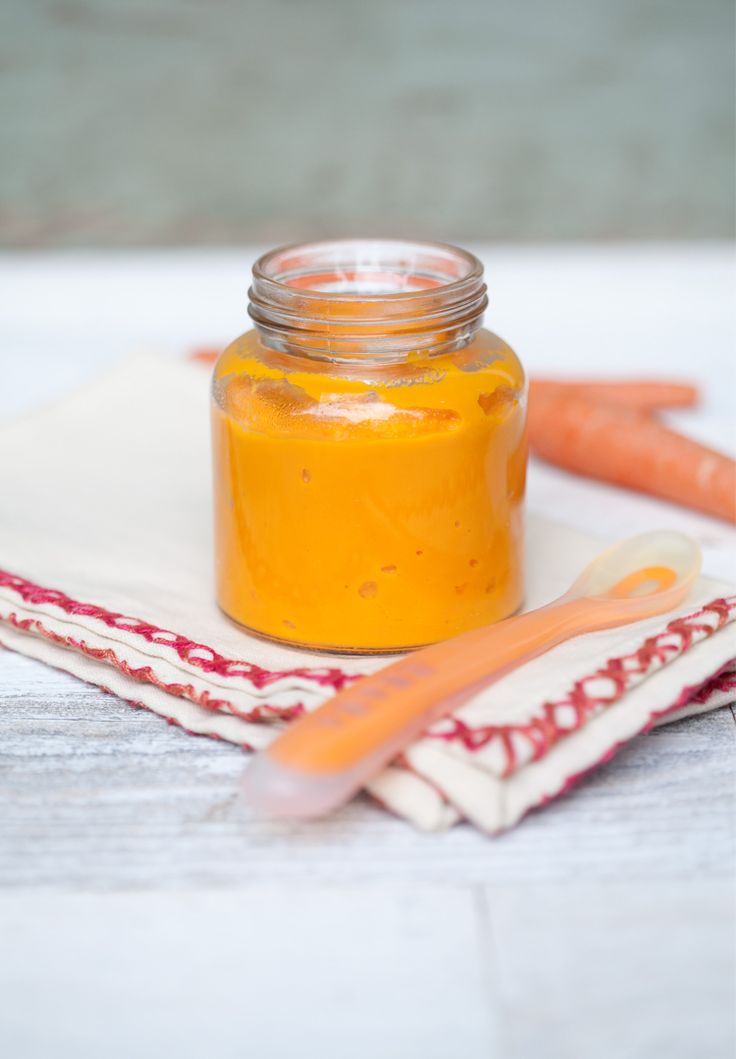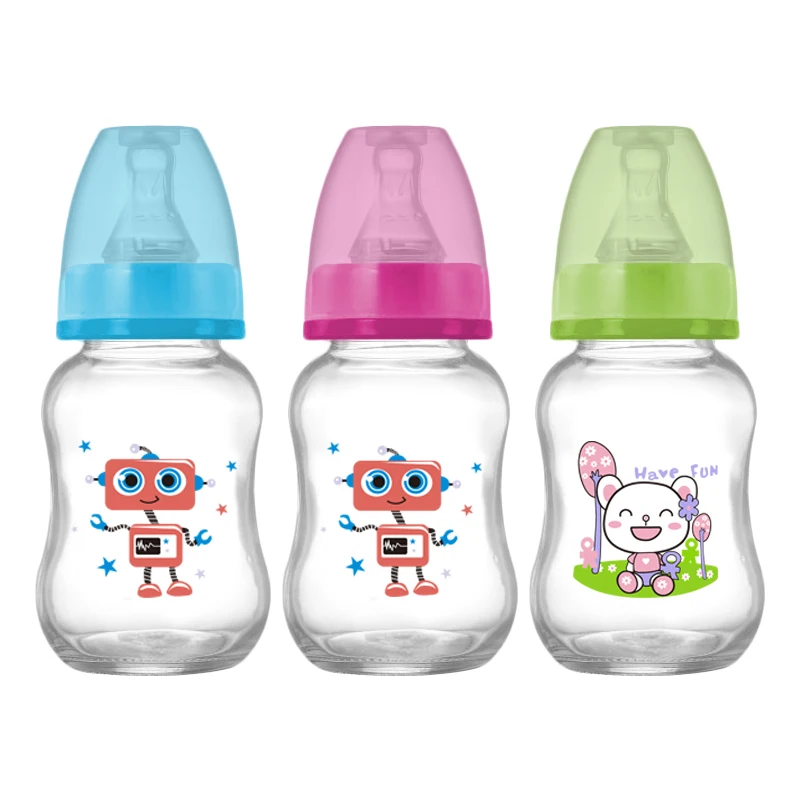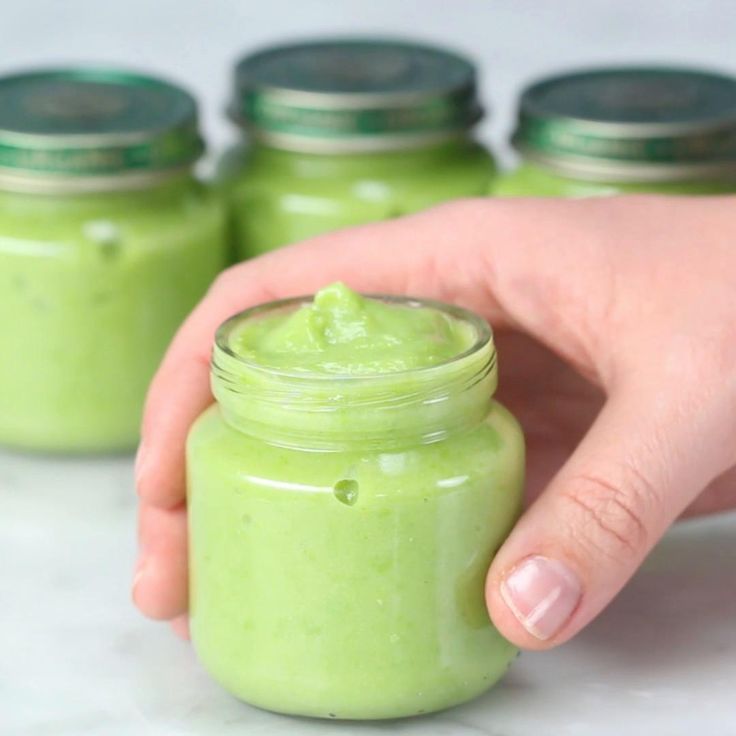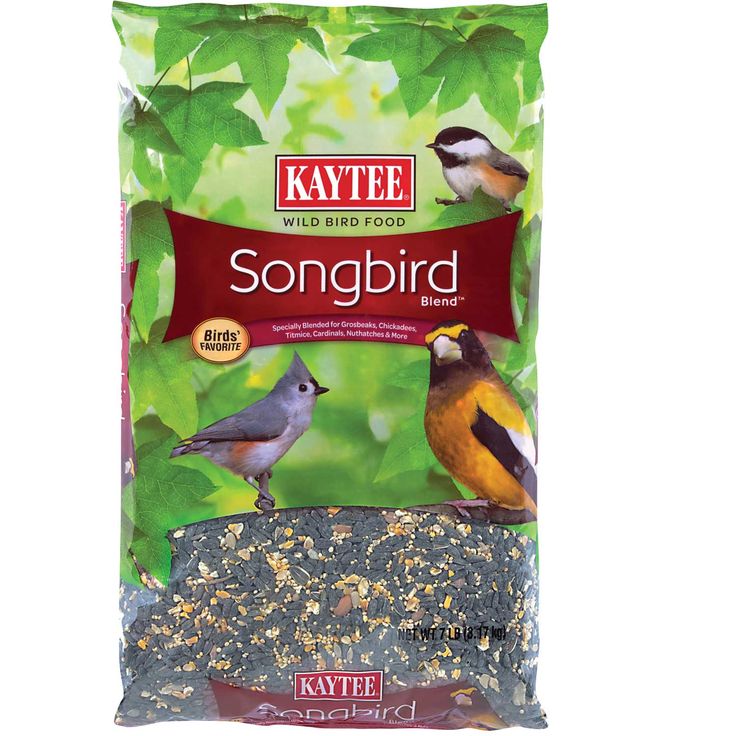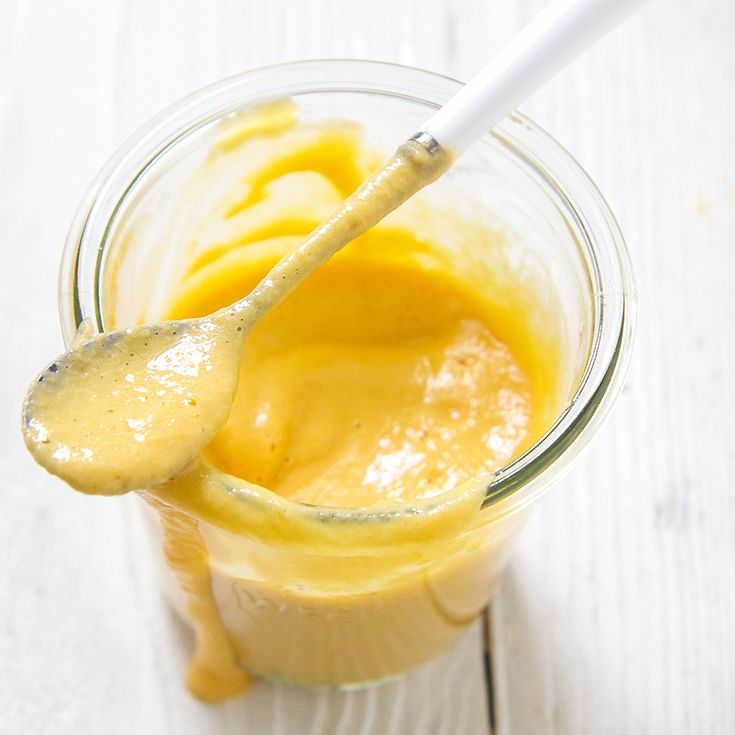Food chart for 15 month old baby
15 Months Old Baby Food Ideas Along with Recipes
It is quite natural to completely run out of ideas for meals or even snacks for a 15-month-old child when you are used to a very typical meal schedule for yourself. The nutritional requirements for adults and kids are quite different and figuring out what food items can suffice them both can be quite tricky. This is where a proper meal plan and a simple schedule can be quite handy.
Video: Food Ideas for 15 Month Old Baby
Nutrient Requirements for a 15 Months Old Child
The nutritional requirements for a 15-month-old child are all-encompassing. There is a necessity for all the major nutrients to be present in the appropriate quantities, even with reduced food intake.
1. Supporting nutrients
With reduced food intake, the chances of minor nutrients such as probiotics, omega-3 acids and others falling short in their required proportion are quite high. Therefore, a special focus is needed to ensure these are included in the diet.
2. Water
Including water, especially in the diet is highly recommended since most kids won’t remember to have as much water as they should. Roughly a litre of water is the least your child should drink in a single day.
3. Iron
The requirement of iron from other food items increases strongly as your child grows up, since his dependency on breastmilk, the primary source of iron, will begin to reduce. Make sure that he gets 7mg of iron daily from his food intake.
4. Sodium
The major food item that provides us with sodium is salt. While that might usually take care of the general requirement of a child amongst other food items, households that sparingly use salt should take extra care of this.
5. Fibre
Bowel movement and proper digestion are how your children can truly get the benefits that all the nutrients provide. Including fibre in the diet not only ensures this but also keeps the rest of the body functioning optimally.
6. Carbohydrates
The powerhouse of all energy, these form the core of any meal that your kid would have. There should be no compromise in the number of carbohydrates since there is a vast dependency of various bodily processes on it.
7. Proteins
Vegetarian families might worry about providing their kids with the necessary amount of protein they need. While meat does provide a substantial amount of protein, there are vegetarian alternatives providing good nutrition, too.
8. Calories
The growth rate of your kid might not be as rapid as it was during his early baby days. This results in a calorie requirement of around a kilocalorie or so, on a daily basis, which increases gradually over the years.
How Much Food Does Toddler Need at 15th Month?
Depending on your child’s physical activities and metabolism, a toddler’s food requirements stay within the range of 1000 to 1400 calories within the first few years. Hence, breakfast ideas and meal options need to strike a balance together to ensure proper nutrition for the child.
Best Foods for Fifteen-Month-Old Baby
Some specific food items make for great choices in giving your little one a wholesome meal that provides the necessary nutrition he needs.
1. Meat
It is important to know that little kids cannot have large pieces of meat such as steaks or hams like adults. The protein requirement for their age can be substantially satisfied by opting for lean meat alternatives, such as minced pork, soft fish, crumbled chicken or ham, and so on. Precautions need to be taken when including seafood in their diet.
2. Legumes and Nuts
While eggs also make for a great meal choice to provide your kids with proteins and fats, vegetarians can rejoice with a better alternative in legumes and nuts. Giving nuts directly to your kid is not advised since it can be a choking hazard. However, using food items that contain nuts as an element shouldn’t be a problem.
3. Vegetables
Most kids will start eating their veggies around this age. Certain items might still be a bit difficult to chew, and those can be either boiled or steamed to soften them up. Avoid fried vegetables and opt for a variety that gives your kid a wider taste spectrum to enjoy.
4. Grains
Parents are suggested to go for whole grain varieties when choosing food items, as an easy way to keep up with the nutrient requirement of your child. These can exist in variants of roti, rice and pasta as well. On the other hand, any fortified cereals free from artificial additions make for a great choice, too.
5. Fruits
Not only do fruits provide your kid with a different range of tastes as compared to other food items, but the presence of natural fibre in them also helps in stimulation of the digestive system as well as help in procuring different vitamins.
6. Snacks
While your little one might munch of tiny pieces of cookie or toast, it is best to avoid giving any sugar-heavy products early in life. Make use of cheese based items or steamed veggies to satiate the random cravings.
7. Oil
Even a 15-month-old baby requires fat, much more than anybody else. Those are the energy reserves that keep them going. Opt for oils that have no trans fats or go for alternatives like butter.
8. Dairy
A combination of protein and calcium is highly necessary for kids at this age since their bones and muscles need to be strong. Make sure you include whole milk and some yoghurt in your kid’s diet.
9. Juices
Although it is best your kids have fruits instead of juices, these still can be a great addition to his diet, but only when pressed fresh and absent of any additions. Don’t replace water intake with juices.
10. Multivitamins
The body constitution or family lifestyle might make a nutrient deficiency possible in a child. Such a scenario needs to be combated with a multivitamin that can supplement any dietary shortfalls.
Video: Diet Plan for 15 Month Old Baby
15 Month Old Baby Food Chart/Meal Plan
Putting together a baby diet chart for 15-month-old kids isn’t an easy task. Referring to the one below, you can create your own that suits your child the best.
Diet for a 15-month-old – Week 1, Day 1
Diet for a 15-month-old – Week 1, Day 2
Diet for a 15-month-old – Week 1, Day 3
Diet for a 15-month-old – Week 1, Day 4
Diet for a 15-month-old – Week 1, Day 5
Diet for a 15-month-old – Week 1, Day 6
Diet for a 15-month-old – Week 1, Day 7
| Breakfast | Rajgira(amaranth)- wheat sheera with mashed raisins |
| Mid-morning | Date ladoo mixed with chana(chickpeas) powder + milk |
| Lunch | Multigrain roti + dal + a sabzi of choice + a few slices of tomato |
| Evening | Papaya and pear cubes |
| Dinner | Roti + sabzi + dal fry |
Ensure the child has at least half a cup of milk every day.
Diet for a 15-month-old – Week 2, Day 1
Diet for a 15-month-old – Week 2, Day 2
Diet for a 15-month-old – Week 2, Day 3
Diet for a 15-month-old – Week 2, Day 4
| Breakfast | 1 cup of poha + 1 small glass of fresh orange juice |
| Mid-morning | 1 glass of milk |
| Lunch | Roti + dal + a sabzi of choice + a few slices of cucumber |
| Evening | |
| Dinner | Ragi(finger millet)-wheat roti with any sabzi and dal |
Diet for a 15-month-old – Week 2, Day 5
Diet for a 15-month-old – Week 2, Day 6
Diet for a 15-month-old – Week 2, Day 7
Diet for a 15-month-old – Week 3, Day 1
Diet for a 15-month-old – Week 3, Day 2
Diet for a 15-month-old – Week 3, Day 3
Diet for a 15-month-old – Week 3, Day 4
Diet for a 15-month-old – Week 3, Day 5
| Breakfast | 1 cup of poha + 1 small glass of fresh orange juice |
| Mid-morning | Oats-apple smoothie |
| Lunch | Multigrain roti + dal + a sabzi of choice + a few slices of boiled beetroot |
| Evening | Dalia(broken wheat) |
| Dinner | Shahi paneer with paratha and tomato- mushroom soup |
Diet for a 15-month-old – Week 3, Day 6
Diet for a 15-month-old – Week 3, Day 7
Diet for a 15-month-old – Week 4, Day 1
Diet for a 15-month-old – Week 4, Day 2
Diet for a 15-month-old – Week 4, Day 3
Diet for a 15-month-old – Week 4, Day 4
Diet for a 15-month-old – Week 4, Day 5
Diet for a 15-month-old – Week 4, Day 6
Diet for a 15-month-old – Week 4, Day 7
Video: 15 Month Old Baby Food Recipes
Food Recipes for a 15 Months Old Baby
For parents struggling with unique meals or lunch ideas for their 15-month-old kid, these recipes can provide a quick escape as well as stoke their imagination to make some more.
1. Curd Rice
The quintessential food preparation that works wonders no matter when and where you have it.
Ingredients
- Black gram
- Ginger
- Curry leaves
- Green chilli
- Red Chilli
- Oil
- Mustard seeds
- Salt
- Cream
- Curd
- Milk
- Cooked rice
How To Prepare
- Take the cooked rice and mash it well. Add milk to it and stir it all together. Follow it up with the curd and cream and stir it again.
- Take a pan and put some oil in it.
Put all the seasoning elements together and heat them well. Add some oil and pour in the rice into this.
2. Khichdi
What might be comfort food for adults in their illness, is a perfect lunch item for young kids, providing great nutrition.
Ingredients
- Pepper powder
- Turmeric
- Ghee
- Salt
- Vegetables
- Red gram
- Rice
How To Prepare
- Take the rice and dal together and wash them well. Keep them soaked underwater for about 30 minutes.
- Until then, take the vegetables and chop them properly. Add these to the rice and dal bowl. Place this inside a cooker and let it sit on medium heat until two whistles.
- Release the pressure and check if the rice is cooked.
- Take it out in a bowl and mash it with ghee. Add salt, pepper and turmeric for added taste and mix properly.
3. Pasta Kheer
Caught you by surprise, didn’t it? Let your child revel in delight as well when he comes across this weirdly beautiful recipe.
Ingredients
- Milk
- Rice flour
- Green cardamoms
- Jaggery syrup
- Pasta
- Water
How To Prepare
- Take a pan and add water to it. Bring it to a boil, add the pasta to it, cook it, and drain it well.
- In another pan, add ghee and butter with some cashews and roast them well. Follow up with milk and let it boil. Add the pasta to it and cook it all together.
- In a cup, add milk, water and the rice flour. Mix it all properly till it is smooth. Pour it into the pan and stir continuously.
- Once the kheer is thick, add cardamom seeds with jaggery syrup, and serve.
4. Roasted Green Beans
Do away with the usual boring snacks and add a great flavour to this healthy option that will make your child fall in love with greens.
Ingredients
- Extra virgin olive oil
- Sea salt
- Green beans
How To Prepare
- Start by heating the oven to a temperature of 425 degrees.
Keep a pan inside it for 8-10 minutes.
- Add the beans in a bowl and pour a little oil while sprinkling some salt. Toss them all together to mix it well.
- Spread these beans on a sheet laid on the tray, without letting them cover each other.
- Place them in the oven for around 10 minutes to make them crispy and soft.
5. Purple Veggie Puree
For kids that are bored with the same old purees, this vividly coloured version will have their eyes light up instantly.
Ingredients
- Water
- Lemon juice
- Frozen spinach
- Blueberries
How To Prepare
- Take a pan and add water and spinach to it together. Bring it to a boil and let it simmer for 8 minutes.
- Drain the water and mash together lemon juice, water, blueberries and spinach to form a nice thick puree.
Feeding Tips
With some simple tips, while feeding your kid, you can make the experience easier for you and better for the little ones.
- Let your kid eat from the food prepared for your family as well, as long as it isn’t spicy
- Start teaching your kid to eat certain items with his own hands
- Don’t force your kid to finish up his food quickly
- It is fine for your kid to eat intermittently than sit quietly for a full meal
- Don’t fuss if your kid suddenly changes his eating habits
- Make the entire experience of enjoying food items a fun-filled one
With numerous dinner ideas for your little kid at your disposal, your meals will take a new life of their own in the coming weeks. Observe your child and try to see what he likes and what he doesn’t, to balance out his meal schedule accordingly.
Disclaimer:
- Each child is different and so use these meal plans as a trusted guide as per your discretion. You can modify the meals according to your child’s preferences / requirements.
- Never force-feed a child.
- While preparing formula, please follow the instructions on the box and use the measuring spoon provided with it.
- While introducing solid food to a baby, initially, one needs to prepare watery gruels/soups. As a child gets older, the caretaker/ mother has to increase the thickness of the liquids slowly according to the child’s capacity to swallow. Foods that are too thick can cause stomach upset/ unnecessary load; while excessively watery food might cause the child to remain hungry.
- Some kids may eat less on some days and that is absolutely alright. However, if a child eats less for more than 3-4 consecutive days, please visit a doctor to guide further.
- A child may eat less during the teething phase or if he/she may not be feeling well. You could increase breast milk /formula feeds on those days. Re-introduce the foods once the child is back to normal.
- Don’t stop feeding if the child is suffering from diarrhoea.
- You can alter the taste of the food by adding some natural flavours like cinnamon, jeera powder, lemon juice, curry leaves etc. if the child doesn’t accept the food initially.
- If your child suffers from an allergy to nuts, gluten or eggs, please consult your doctor before feeding him/her any foods that may contain them.
Also Read: List of 12 Healthy Weight Gain Foods for Babies & Kids
Recipes, Food Ideas & Tips
- Home
- Toddler
- Food & Nutrition 15-Month-Old Baby Feeding Schedule, Recipes and Tips
By the time your little one turns fifteen months old, he has started eating solid food. In fact, the little one has become a pro and started liking solid foods more than milk. The kid can now start eating many foods that were off-limits before. As there are very few food restrictions on the kid now, he can have most foods adults can have. With a nutritious diet, you can ensure he gets all the nutrients required for his growth. So, what can you feed a 15-month-old? Let’s find out!
What to Feed a 15-Month-Old Baby?
The little one has turned fifteen months old, and now he can recognize different foods and demand their favourite ones too. They have a different food habit than the first year; therefore, parents need to ensure they include healthy ingredients and balance their diet, not to forget in accordance with the liking of the young one. For a wholesome diet, baby food ideas for parents should include all the food groups. Let’s take a look at them one-by-one.
1. Fruits/Vegetables
- A 15-month-old baby can chew most vegetables.
- Try to avoid fibrous vegetables such as broccoli or cauliflower, which they might find difficult to chew.
If you want to feed these vegetables, boil and mash them to make them tender.
- A 15-month-old toddler can have all the fruits now, but parents must cut them in small bite-size pieces, including small fruits like grapes to prevent their babies from choking on them.
2. Protein
- A 15-month-old baby needs approximately 13 grams of protein daily. So, parents can feed soft pieces of well-cooked meat or chicken.
- Fish intake should not exceed 12 ounces per week.
- The baby can have fish such as salmon, light tuna, catfish and Pollock as these fishes have less mercury.
- The toddler can also have scrambled eggs.
3. Other Food Items
- Include as many cereals as possible, such as rice, millets, wheat and pulses in the diet of your 15-month-old kid.
- Kids this age also love pasta but remember to choose the whole-grain variety to make it easier for them to digest.
- Cheese is also a good source of protein for the kid.
- Kids can now have nuts and seeds but in powdered form, not whole.
Once you know what your 15-month-old baby can eat, knowing the quantity/portion of food can help you provide enough nutrition per meal. Read on to know how much your 15-month-old baby should eat and the feeding schedule you can follow to provide him with the necessary calories every day.
How Much Should a 15-Month-Old Eat?
A 15-month-old kid should have a calorie intake of approximately 1000 calories per day. He should have three meals plus two snacks every day, which should have all the food groups, including vegetables, fruits, protein, grains, and dairy. The young one needs roughly 700 mg of calcium per day, which should come from milk and other calcium-rich foods. Also, several parents wonder how much milk they should give their little one. Well, 360-480 ml of milk every day should be enough to provide your 15-month-old baby with the calcium he needs.
15-Month-Old Baby Feeding Schedule
Your growing 15-month-old baby needs a feeding schedule made according to his/her eating habits. The parents need a diet plan according to the likes and dislikes of their toddler. The kid now has a schedule for sleeping, playing and other activities. He also needs an eating or feeding schedule to ensure he gets a wholesome diet.
Here’s a sample of a 15-month-old food chart you can refer to make your own kid’s diet chart.
| Meal Time | Food Name |
| Breakfast |
|
| Morning Snacks |
|
| Lunch
|
|
| Evening Snacks |
|
| Dinner |
|
When charting the feeding schedule for your 15-month-old baby, you must also know which foods to avoid. The next section of the article will help you understand this.
Foods to Avoid for a 15-Month-Old Baby
Here’s a list of some foods that parents should avoid feeding their 15-month-old babies:
- Avoid unpasteurized cheese or dairy products. They are harmful as they could contain listeria, a bacterium that can cause listeriosis.
- Don’t feed over 4 – 6 ounce of fruit juice per day.
- Avoid highly processed foods such as chips, candies, microwave meals or foods with added flavours, and artificial colours.
- Don’t feed the baby whole nuts or seeds, as they can cause choking.
- Sugar and salt – avoid excess sugar and salt in the baby’s food. Avoid sugary and salty snacks too.
- Avoid feeding raw vegetables, especially carrots, broccoli or cauliflower.
- Avoid raw eggs or uncooked eggs to avoid salmonella infection.
- The kid should not be fed raw seafood, fish or red meat.
Let’s take a look at some recipes that are safe to feed a 15-month-old baby.
Food Recipes for a 15-Month-Old Baby
If you are wondering what to make for dinner or snacks for your 15-month-old baby, here are some recipes that are easy to make and can provide all the essential nutrients to your little one.
1. Whole Wheat and Buttermilk Pancakes
Ingredients
- All-purpose flour – 3/4th cup
- Wheat flour – 3/4th cup
- Butter – 3 tbsp
- Vegetable oil – 1 tbsp
- Sugar – 3 tbsp
- Baking powder – 1/2 tsp
- Salt – 1/2 tsp
- Egg – 1 nos
- Buttermilk(low fat) – 1.5 cups
- Egg white – 1nos
- Maple spray – 3/4th cup
How to Prepare
- Take a bowl and mix the flours, baking soda, sugar, and salt. Whisk them well.
- In another bowl, whisk the buttermilk, oil, egg, and egg white.
- Add the wet mixture to the flour mixture and whisk it well.
- Heat a non-stick griddle over medium flame.
- Take 1/4th cup of the mixture and spread it on the griddle to make the pancake.
- Flip the pancake once you see bubbles forming on the top. See that the edges are also cooked on both sides.
- Feed the kid these delicious pancakes with butter or maple syrup.
2. Blueberry and Spinach Puree
Ingredients
- Blueberry puree – 1.5 cups
- Frozen spinach – 2 packets (10 oz)
- Lemon juice – 1/2 tsp
- Water – 2 tbsp
How to Prepare
- Boil the spinach with some water in a pan.
- Cover the pan with a lid once it starts boiling.
- Reduce the flame and simmer it for 7-8 minutes.
- Drain the water and let the spinach cool a bit.
- Then, blend the spinach till you get a smooth puree.
- Add the puree to the blueberry puree.
- Add the lemon juice.
- Add some water to adjust the consistency.
- Your blueberry and spinach puree is ready.
3. Baby’s Pasta
Ingredients
- Pasta – 2 tbsp
- Low sodium chicken broth or vegetable stock – 1.
5 cups
How to Prepare
- In a pan, boil the broth or stock.
- Add pasta to it.
- Cook for 7-8 minutes; till the pasta turn tender.
- Serve when cool.
4. Risotto Primavera
Ingredients –
- Yellow Squash – 1 cup
- Olive oil – 1.5 tsp
- Asparagus – 1 cups, cut diagonally
- Garlic clove – 1 nos
- Black pepper – 1/4th tsp
- Leak – 1/2 cup, chopped
- Parmesan cheese – 1/2 cup, grated
- Thyme – 1.5 tsp
- Butter – 1 tbsp
- Chicken broth – 32 oz
- Water – 1 cup
- Salt to taste
How to Prepare
- Heat a pan and saute the squash, asparagus, salt, and black pepper on medium flame.
- Take another pan, and cook the chicken broth and water on low heat.
- Melt the butter in a Dutch oven and saute the leek.
- Add the broth mixture to it. Keep stirring and cook it for 5-6 minutes.
- When cooked, add thyme and cheese.
- Top it with the sauteed veggies and serve.
Not every toddler accepts new foods. It can be quite a task to feed new recipes to growing toddlers. The tips given below will come in handy when you try to feed you 15-month-old baby one of the recipes given above.
Tips for Feeding a Picky Toddler
Most parents get confused about what to do when they see their baby refusing to eat. Try these feeding tips the next time your toddler resists foods:
- Introduce new food one at a time. Too many new things can confuse the kid.
- Feed the kid an assortment of recipes, so the baby sees variety and doesn’t get picky about one food.
- Be creative with the food. Try telling a story to hold your child’s interest as you feed him, or cut sandwiches in different shapes such as stars, animals, etc.
- Don’t force-feed your child. He will eat when he is hungry and will eat as much to fill his stomach. Force-feeding will make your child irritable.
- At 15 months, toddlers think they are big enough to eat their food themselves. Allow them to self-feed. Assist them if needed, but let them enjoy eating food with their hands.
- At this age, kids start wandering and enjoy exploring things around them. He might not like to sit for a long duration while eating his food and might get irritated sooner than expected. Therefore, feed small portions of food, several times a day.
- To keep the kid engaged in eating, make him eat with the family. To make eating easy for them, cut their food in small pieces.
Your little one is growing, so are his eating habits. The young one needs a wholesome diet for his development. The food you feed him has to be wholesome as well as interesting for the child. Therefore, incorporate an appropriate eating schedule with healthy recipes such as the ones given in this article and watch your little one get ready for the next growth milestone.
Also Read:
Best Food Ideas While Travelling with Infants
Healthy Weight Gain Foods Ideas for Your Infant
Best Dinner Foods for Your Infant That can Make Him Sleep
Previous article « The Journey of My Ups and Downs With My First Pregnancy
Next article 13-Month-Old Baby Feeding Schedule, Recipes and Tips »
Ruchelle Fernandes
Ruchelle has a vast experience working with clients in hospitality, health and wellness, entertainment, real estate, and retail. She aims to utilise her learnings to deliver quality content which will in turn help drive sales and customer engagement.
- RELATED ARTICLES
Union of Pediatricians of Russia
Nutrition for children from 1 to 3 years of age
The period from 1 to 3 years of life is a crucial stage in the transition to an adult type of nutrition, which has certain features. In order to ensure that all the necessary nutrients enter the child's body and at the same time prevent an excess of individual nutrients, nutrition should be balanced and varied.
The daily amount of food for children aged 1 to 1.5 years should be 1000-1200 g, from 1.5 to 3 years - 1200-1500 g, the amount of food in one feeding should not exceed 300-350 ml. The diet consists of three main meals per day and two snacks. It is considered optimal when breakfast is 25% of the total energy density of the diet, lunch is 30–35%, dinner is 20%, and additional meals are about 10%. In general, the child can eat the same food as the rest of the family.
In the diet of a child of 1–3 years of age , must be present daily: meat of animals or poultry, dairy and sour-milk products, vegetables, fruits, bread, cereals, vegetable and butter; fish and eggs are included in the diet 2-3 times a week.
Cereal products: bread - 2-3 servings per day, cereals and side dishes - 1 time per day
Fruit and/or vegetables: at least 5 times a day
Dairy products: at least 3 servings per day (including those used to make cereals, yoghurts, fermented milk drinks, cottage cheese, infant formula or breast milk).
Domestic pediatricians recommend, when compiling a diet for children aged 1–3 years, preference should be given to specialized children's dairy products of industrial production that meet high quality requirements and safety indicators for this age. Most children's dairy products are additionally enriched with vitamins and/or minerals and other biologically active components, taking into account the physiological needs of children of this age. At the same time, in foreign recommendations, children over 1 year old are offered the gradual introduction of whole cow's milk, which is rich in fats necessary for proper growth and development, the absorption of vitamins A and D, the development of the brain and nervous system of the child.
Meat dishes: 2-3 times a day
Fish dishes: 2-3 servings per week
Eggs: 2-3 per week
Dietary fats: 3-4 teaspoons of butter and/or vegetable oils per day
When cooking, use the minimum amount of salt and sugar, and do not add them to industrial products.
Offer your child a variety of foods and let them choose for themselves. Children love to eat on their own, so if possible, offer food that the child can eat with their hands.
It is important to remember that a baby can choke on pieces of food, so whatever you give your baby should be crushed or cut into small pieces that can be easily chewed.
Do not give to a small child: nuts, whole grapes, cherry tomatoes (unless quartered), whole carrots, seeds (such as pumpkin or sunflower seeds), round candies, legumes, raisins, because a child can eat them choke.
Also in the diet of children of the first 3 years of life should not be present:
Mushrooms; canned snacks, pickled vegetables and fruits
Home canned food
Dry concentrates for side dishes
Hot sauces, mustard, horseradish, pepper, vinegar, mayonnaise
Natural coffee
Juices and drinks in the form of dry concentrates; sweet carbonated drinks
Products containing food additives (flavorings, dyes of artificial origin, including chewing gum), popcorn
Combined fats; cakes and pastries
It is important to remember that children of this age should not be given too spicy and spicy foods.
Diet for a child aged 9-12 months
By 9 months the main complementary foods have already been introduced, so the expansion of the child's diet continues. It is important to know that at this age the consistency of the products should change from homogenized to finely and coarsely ground.
A meat dish for an older child can be offered in the form of meatballs, which diversifies the child's diet and stimulates the formation of chewing skills. Canned meat industrial production for children over 8 months. - coarsely chopped, spices and spices (white pepper, celery, parsley, dill, onion, basil, thyme) can be added to them.
The amount of fish puree increases to 60 g per day by 12 months. Fish is given 2 times a week boiled without broth (instead of meat).
At this age, children's pasta can be offered to the child.
The number of children's cookies and crackers is increased up to 10-15 g per day (2-3 cookies).
By the year it is useful to add finely chopped fresh garden greens (dill, parsley) to various dishes, which significantly enriches the diet with vitamins and minerals.
Sample diet for a 12 month old child:
| breakfast 8 hours | Dairy-free or milk porridge* Butter Boiled egg yolk Fruit puree | 150-200 g approx. 1/2 pcs 50 g |
| lunch 12 noon | Vegetable puree Vegetable oil Meat puree (meatballs) or fish Bread/rust Compote | 180 g |
| afternoon tea 4 pm | Breast milk (kefir or yoghurt)** Cottage cheese Fruit puree Baby biscuits | 100 g 50 g 50-70 g 2 pcs |
| dinner 20 hours | Vegetables or porridge** Meat puree Vegetable oil Fruit juice | 180 g 20 g 1/2 tsp. 50 ml |
| before bedtime 11 pm | Breast milk (DMS)*** | 200 ml |
* - dairy-free porridge should be diluted with breast milk or infant formula that the child receives. Milk porridge is diluted with water.
** - daily volume of kefir or yogurt can be up to 200 ml,
*** - baby milk formula
Approximate diet of a 12-month-old child with an allergy to cow's milk proteins:
| breakfast 8 hours | Dairy-free porridge* Vegetable oil Fruit puree | 150-200 g approx. 1 tsp. 50 g |
| lunch 12 noon | Vegetable puree Vegetable oil Meat puree/meatball Bread/rust Compote | 180 g about 1/2 tsp. 50-70 g 10 g 50 ml |
| afternoon tea 4 pm | Breast milk or formula for infants with intolerance to cow's milk proteins Fruit puree Rusk | 150-180 ml |
| dinner 20 hours | Vegetables or dairy-free porridge** Vegetable oil Meat puree Fruit juice | 180 g about 1/2 tsp. |


